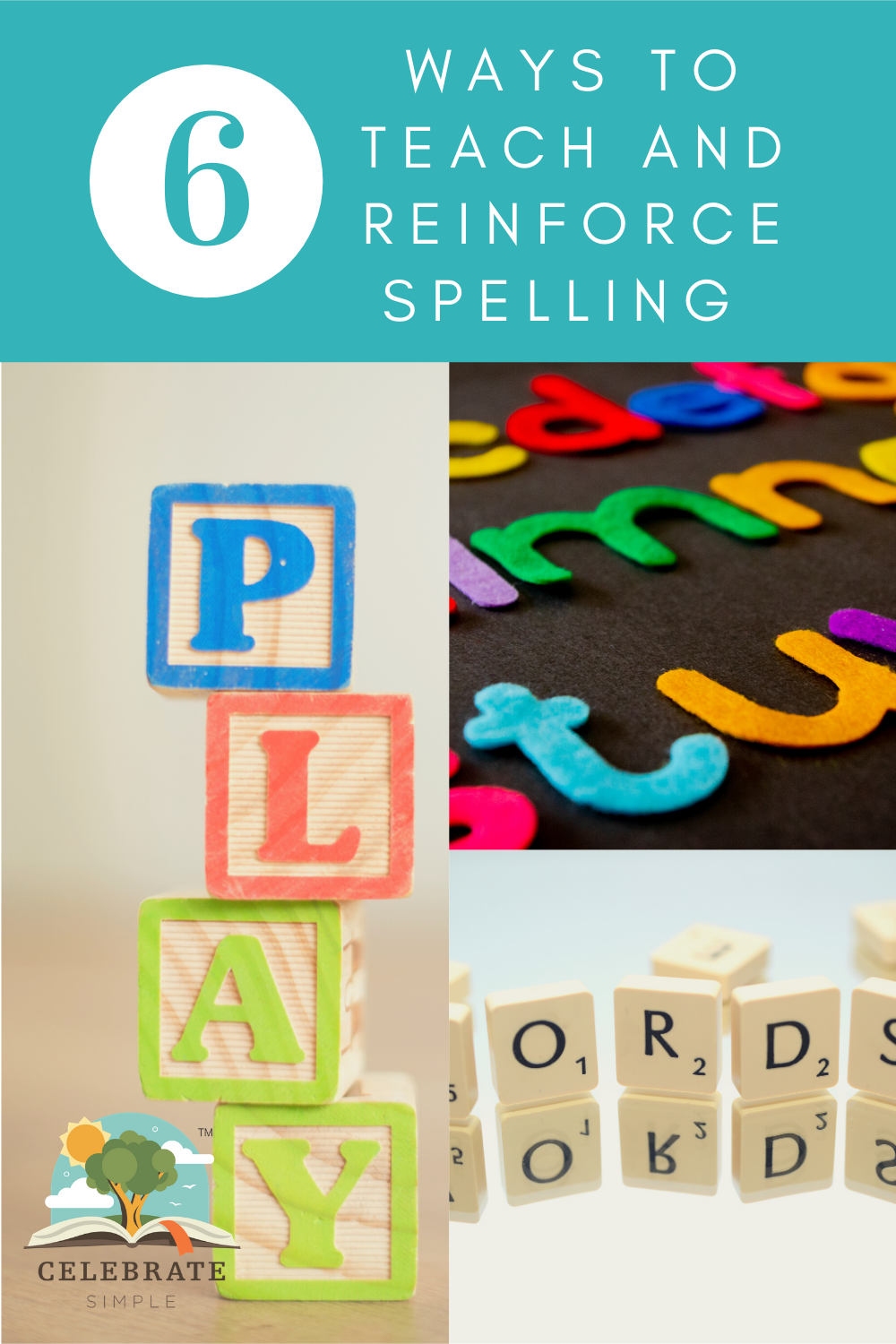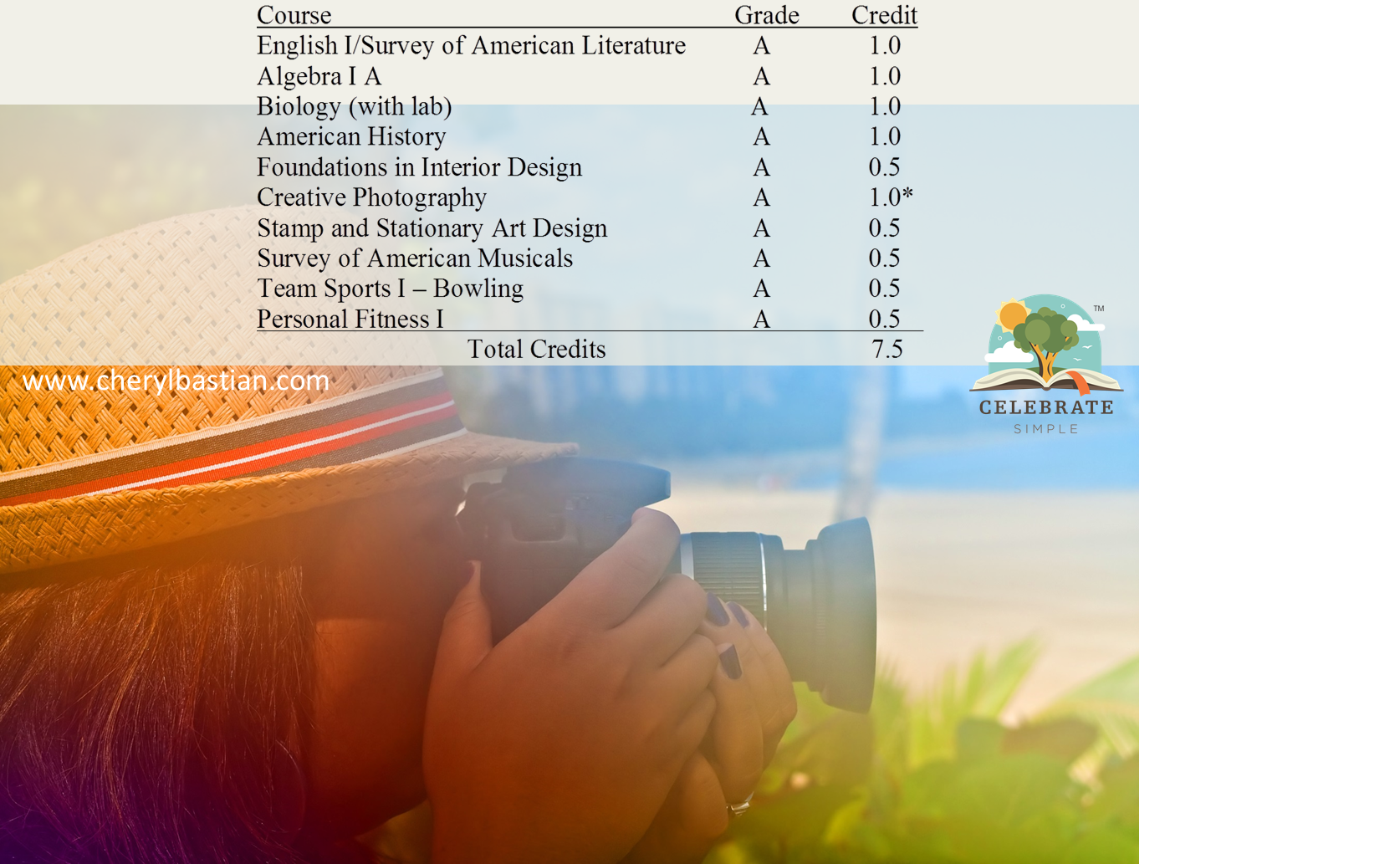Helping Middle Schoolers Move Toward College and Career
/At a recent outing, I fielded a common--and becoming more common--question.
"How can I get my middle schooler college-ready?"
I heard the immediacy in the mom's voice. I also heard the fear. Fear of failure, of not doing enough. This mom was looking for the one right answer, the right formula. I wanted, with all my heart, to give her a solid, tried and true answer. But, I couldn't.
As a mom of past middlers, a mentor of parents who've trod this path and a wife of a twenty-seven year veteran middle school teacher, I could only offer this mom insight to potential considerations; insights from our experiences and the experience of other parents we knew. And, perhaps those insights could set her on the next right step for HER child.
College was still five years away.
I reminded her changes would take place. Physical development and brain maturation would continue. I told her to seek insight but be wise, discerning, to ponder possibilities, not taking the first opinions or ideas tossed her way.
I encouraged her to embrace the current season, less she miss it worrying about tomorrows.
I affirmed middle school is indeed about content and skills, but it is even more about the relationship between parent and young adult, the middle schooler's interests and what captures the middle schoolers heart.
Walking alongside the ingenious, changing person, being present and willing to process ideas and aspiration, helping her middle schooler discover gifts, strengths and areas of growth would impact who her middle schooler would become.
Reflecting upon the young adult's interests. What are the current interests? How does he or she spend free time? What activities does the young adult find fulfilling? In our experience, these interests helped determine course selection and extra-curricular choices as high school approached and then became reality.
Anticipating interests which might still be hidden, yet to be discovered. What does the middle schooler wish to try or experience in the next few years? Mike and I came to realize early in our middle school parenting experience that the lesser known interests were just as important as the obvious talents and strengths. In fact, several of our then middlers found the lesser known to be more influential in planning their next steps toward high school.
Considering how the middle schooler learns best. Does learning happen best outdoors? Is there greater retention in independent study or experiential opportunities? Our middle schoolers have ALL learned differently. Every. Single. One. One needed quiet. Another needed hands-on experiences. Yet another needed creative outlets. How middlers learn best matters.
Learning study preferences. These are different than learning preferences. These are things like note taking, skimming and scanning, and study skills. Would 3 x 5 cards with vocabulary words penned opposite side definition work better than an online auditory drill game? Or would the oral input be more beneficial? Is a word web better than outlining because a visual image is saved by the brain? What about taking notes in color? Study preferences become key components of learning when higher learning becomes focused or must be time efficient.
Focusing on the development of soft skills. We have found soft skills were more difficult to acquire and internalize than learning Algebra formulas, but were increasingly more important to our young adults in high school and post-secondary education. Is the student working to be more independent, more able to solve problems independently but also proficient in working with other people in collaborative projects? Was the young adult able to self-govern emotions, choices and attitudes? Parents can only control choices, attitudes and time management for a time. We found our young adults, as well as the young adults we work with, must be academically ready for college but even more importantly, be ready emotionally and spiritually.
Processing tough questions. Middle schoolers face challenges. Hormones. Friends. Disappointment. Middle schoolers need both encouragement and grace to navigate those challenges, as well as plenty of opportunities to make mistakes and regroup. Mike and I have found it essential to be available to field questions and process possible scenarios. This processing was key to moral and social development of our children.
As my time with my friend came to an end, I knew there was much more that could be said on the subject, and likely ideas I hadn't considered or experienced. I reminded the mom there would be as many opinions as there were options.
I knew she could find the answers she needed today as well as for the questions of the many tomorrows yet to come, however multi-faceted they might be.
And, with a hug, I told her she was the best mom to find the answers for her middle schooler and that she would find answers by wisely seeking and pondering; though the process may not be easy or comfortable.
She knew college was on the horizon, but the answers were in the questions of her todays.
























































